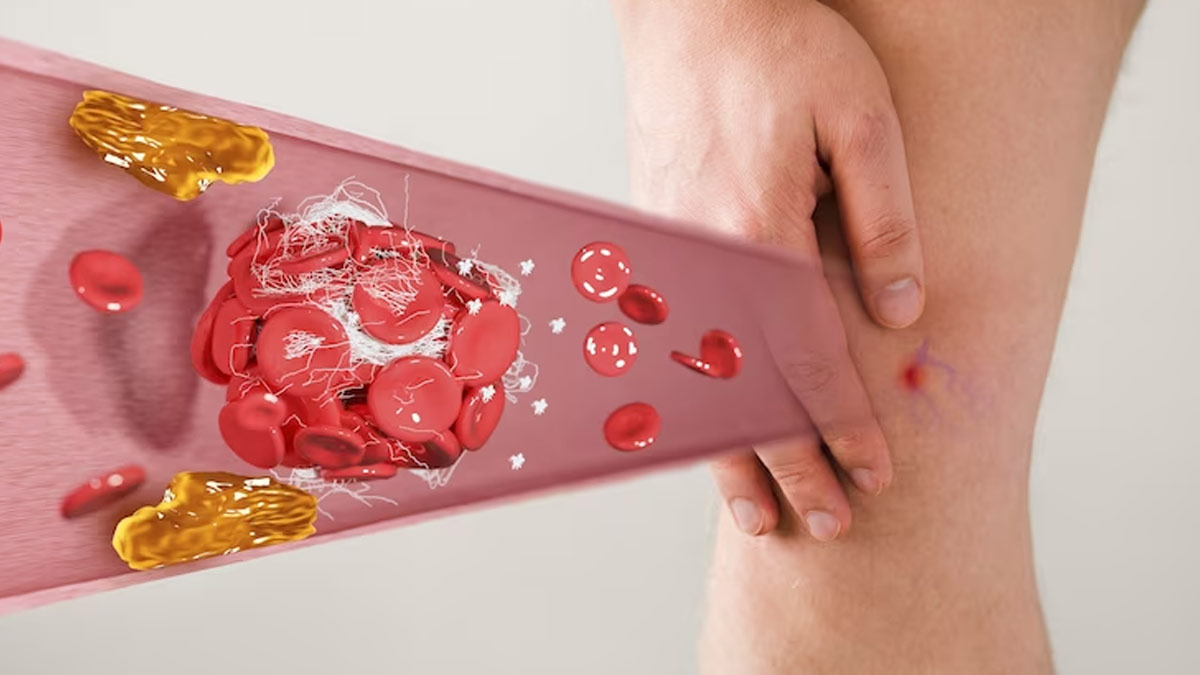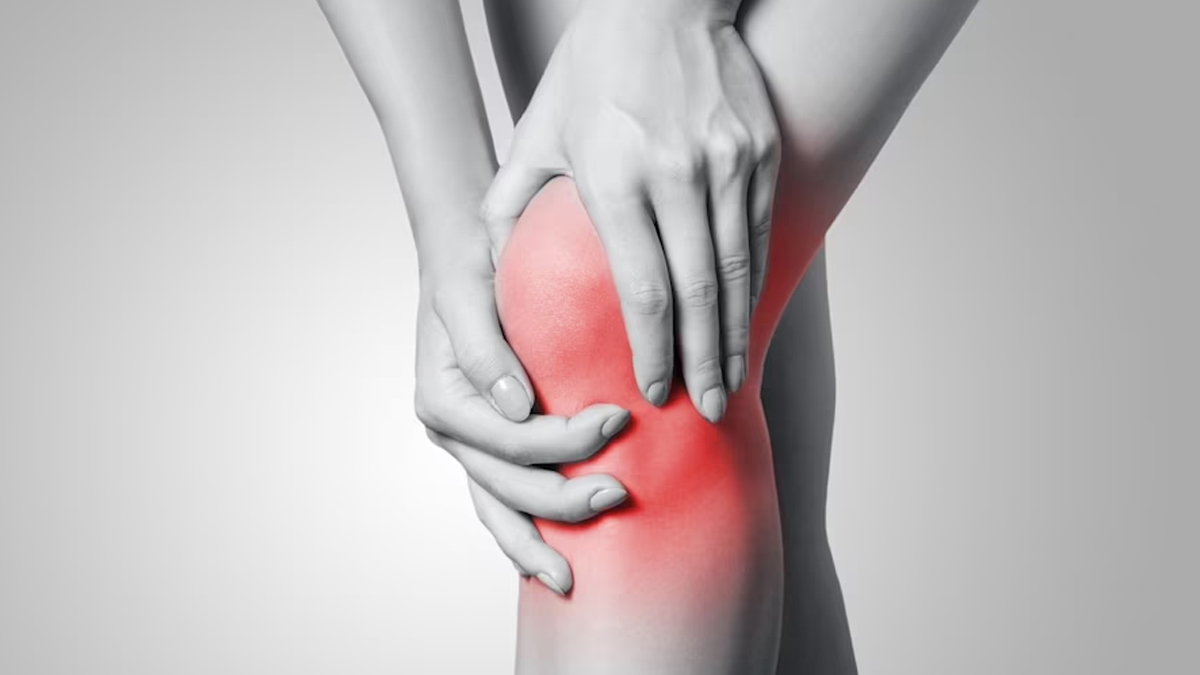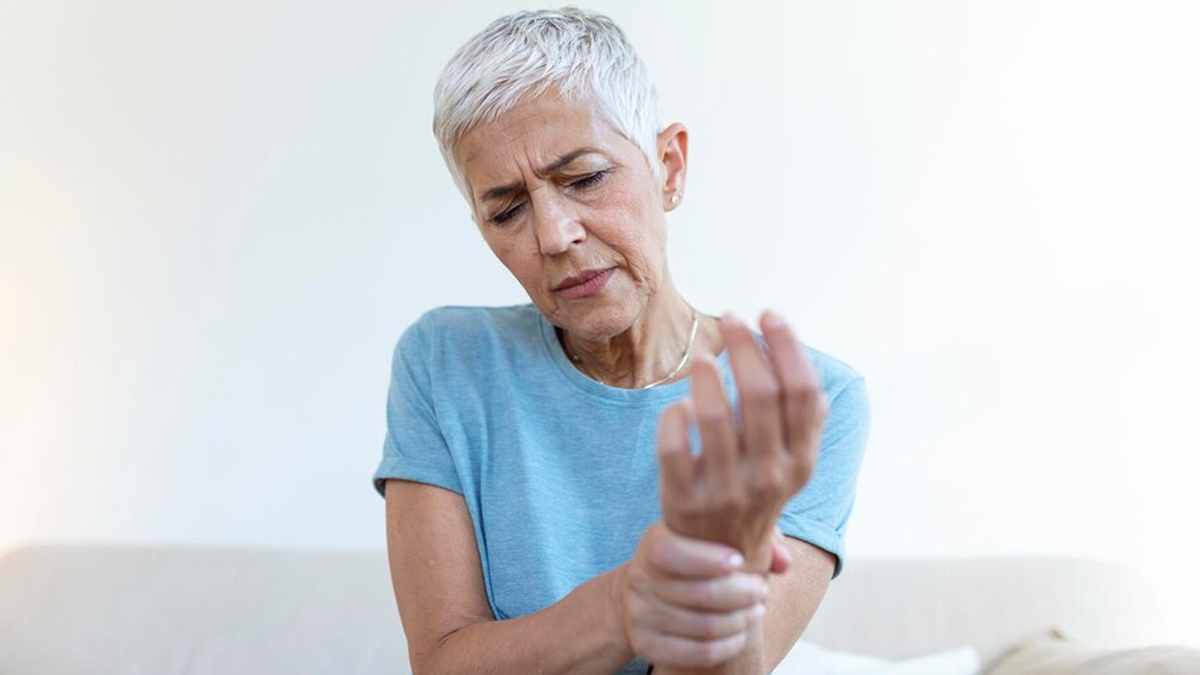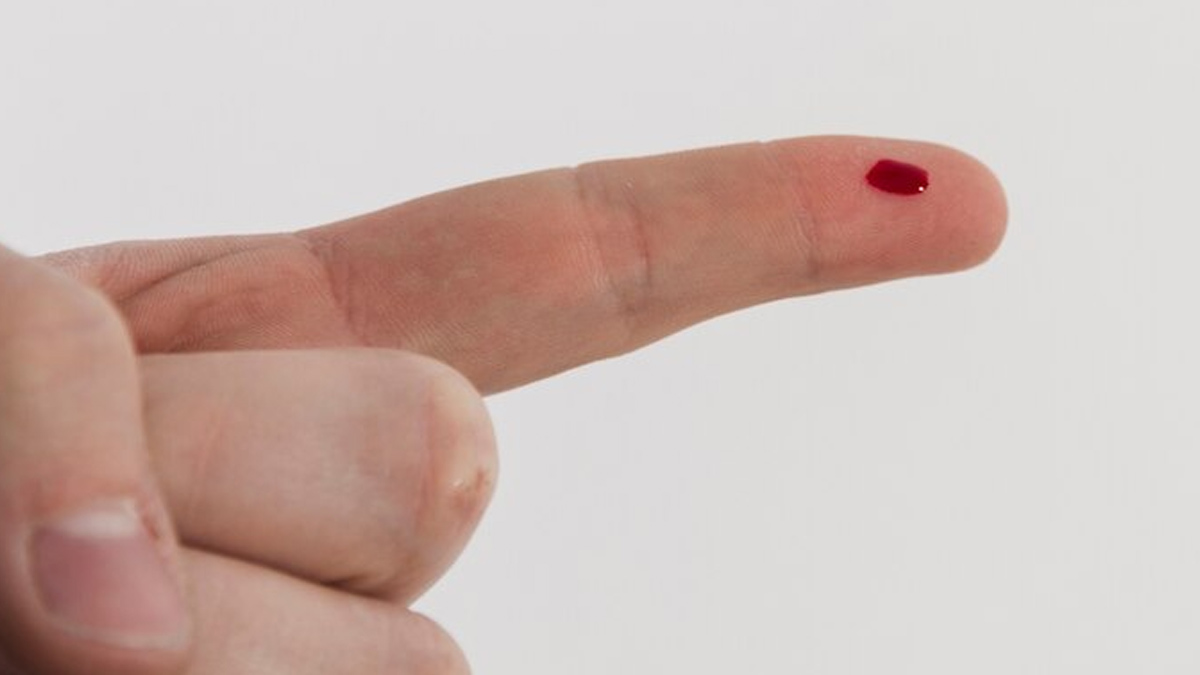
Did you know your joints can bleed too? They can swell and feel warm to touch, while also causing pain and discomfort. This condition is called hemarthrosis.
According to Dr Rahul Bhargava, Principal Director and Chief BMT, Fortis Memorial Research Institute, Gurugram, many factors can contribute to this condition, which occurs in approximately 50% of the general population, as per StatsPearls Publishing.
Table of Content:-
Also Read: Haemophilia Blood Disorder: Know 7 Myths And Surprising Facts Behind This Disorder
What Is Hemarthrosis?

Hemarthrosis refers to bleeding in the joints, medically termed articular bleeding. Injury, bleeding disorders, such as haemophilia, blood-clotting medications or blood thinners, and certain infections are some of the common causes of the condition. However, research suggests joint trauma is one of the primary risk factors for hemarthrosis, which affects about half of the population that actually goes on to develop it.
Common symptoms of the condition include:
- Pain
- Swelling
- Reduced joint mobility
- Bruising
- A warm feeling around a joint
Can Arthritis Cause Joint Bleeding?

Arthritis itself doesn't directly cause joint bleeding, but certain forms of arthritis, such as infectious or reactive arthritis, may contribute to it, said Dr Bhargava.
While infectious arthritis refers to inflammation in the joint caused by an infection, often bacterial or viral, reactive arthritis is a type of arthritis triggered by an infection in another part of the body, such as the urinary tract or intestines, the doctor explained.
In conditions like haemophilia or other bleeding disorders, arthritis can be associated with hemarthrosis—bleeding into the joint space.
Haemophilia And The Risk Of Hemarthrosis

Haemophilia is a rare inherited bleeding disorder that deprives the body of its ability to clot blood. Those with this condition may experience prolonged bleeding after injuries or surgeries, as well as spontaneous bleeding into joints and muscles.
According to a study published in the Journal of Blood Medicine, severe haemophilia results in 90% of bleeding episodes that involve the musculoskeletal system, whereas 80% of cases particularly affect joints.
These attacks, called hemarthrosis, are often spontaneous, meaning they arise without a clear trigger, and usually target one joint at a time, the study noted, adding that the first hemarthrosis typically occurs when a child with severe haemophilia starts walking, putting stress on the developing joints.
Without proper treatment, severe haemophilia patients can experience a staggering over 30 joint bleeds per year, researchers further highlighted.
Also Read: Bleeding Before Your Period Date? Here Are Potential Causes
Managing Hemarthrosis
Unexplained bleeding should not be left unaddressed and untreated. Dr Bhargava recommended seeking medical attention as soon as it occurs.
“Early diagnosis and treatment can help prevent complications and improve your long-term prognosis,” he said.
Regardless of the cause, treating acute hemarthrosis involves three key steps: rest, ice, and compression, according to research, which adds that in certain cases, pain medication and draining the joint (arthrocentesis) might be needed too.
Additionally, people with haemophilia need prompt treatment with specific clotting factors, depending on the severity and location of the bleed.
Again, early intervention is crucial for all types of hemarthrosis to prevent long-term damage.
Also watch this video
How we keep this article up to date:
We work with experts and keep a close eye on the latest in health and wellness. Whenever there is a new research or helpful information, we update our articles with accurate and useful advice.
Current Version